
Unimog 2010 is the second series of Unimog vehicles manufactured by Mercedes-Benz.
If you want to learn about the first series, the Unimog 70200, it would be useful to read the article titled Unimog's birth, prototypes and Unimog 70200.
As I described earlier, the first four prototypes of Unimog were completed in November 1946 at the Erhard & Söhne factory, a silver and bronze ware manufacturer.
But other prototypes, namely the U5 and U6, were built at the Gebrüder Boehringer plant, which manufactures machine parts.
Afterwards, it was agreed with Boehringer for mass production and production started in 1948. Production ran from June 1948 to April 1951 at Boehringer's plant in Göppingen, where a total of 600 Unimog 70200s were produced.
Gebrüder Boehringer, a manufacturer of industrial tools, was not experienced in the automotive field and handicraft was too much in their production. This inefficient production process, which was not enough to meet demand, resulted in a production figure of roughly 25 to 30 units per month.
In late 1950, the production of Unimog was bought by Daimler-Benz and in April 1951 production at the Göppingen plant was discontinued.
In the months that followed, production moved to Daimler-Benz's Mercedes-Benz plant in Gaggenau.
Daimler-Benz engineers modified the original Unimog 70200, aka the Unimog Boehringer design:
- The mud guard wings were upgraded with a beading.
- The rear part of the bed frame was made with an edge rather than curved to ease production.
- The axle lids were now welded instead of held in place with screws.
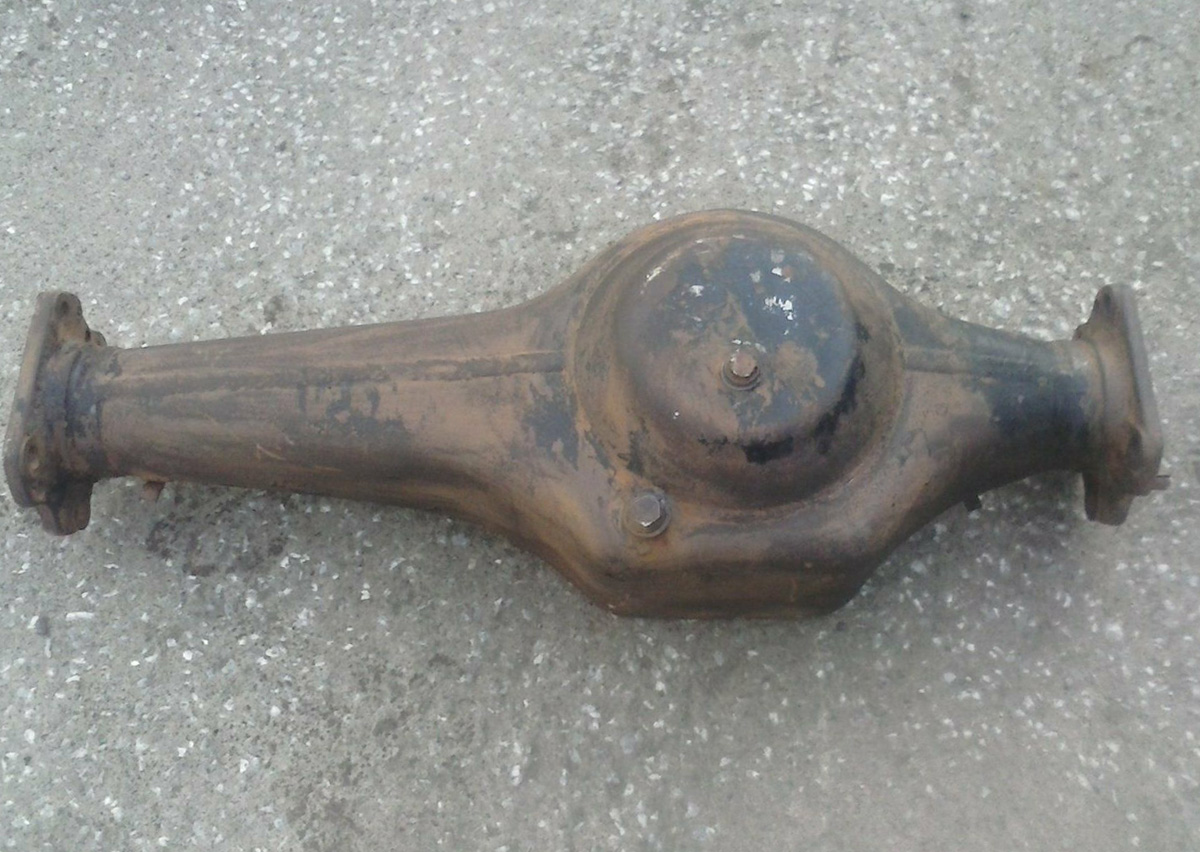
Unimog 2010 axle lid
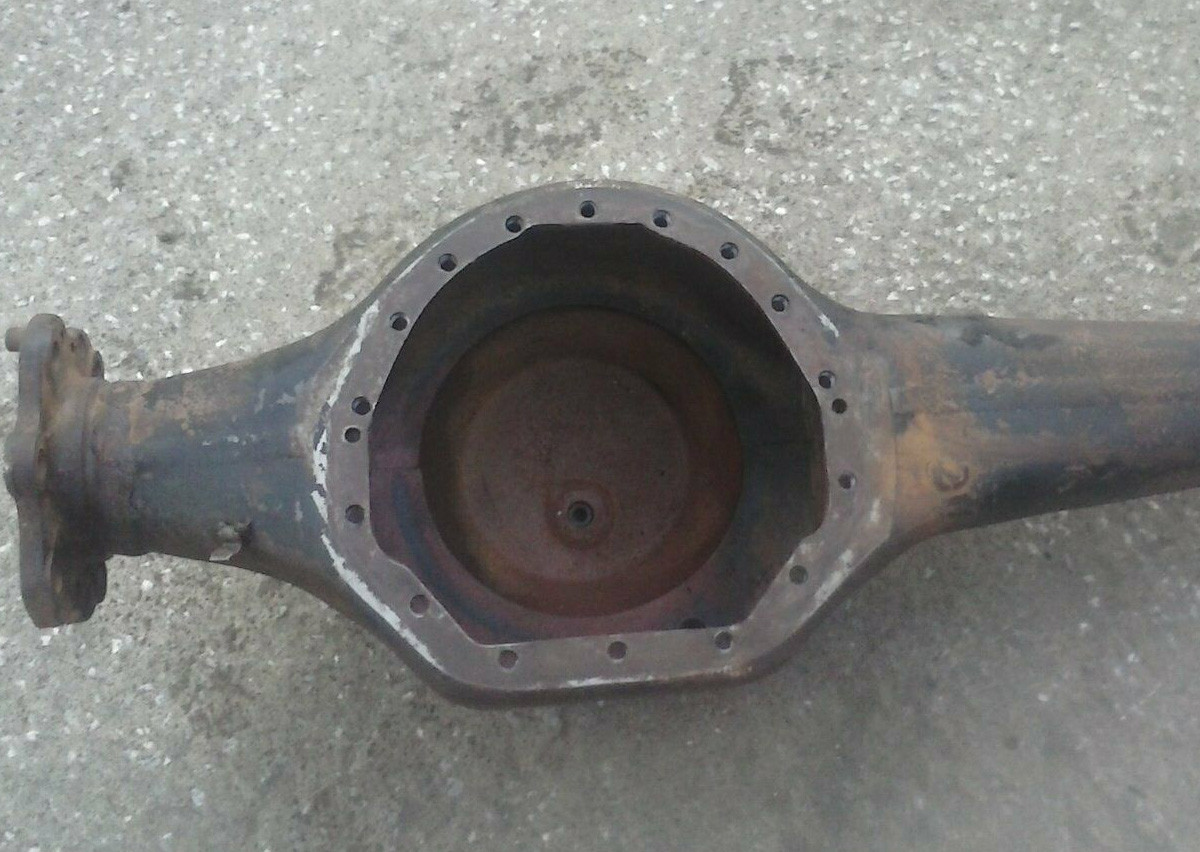
Unimog 2010 axle lid
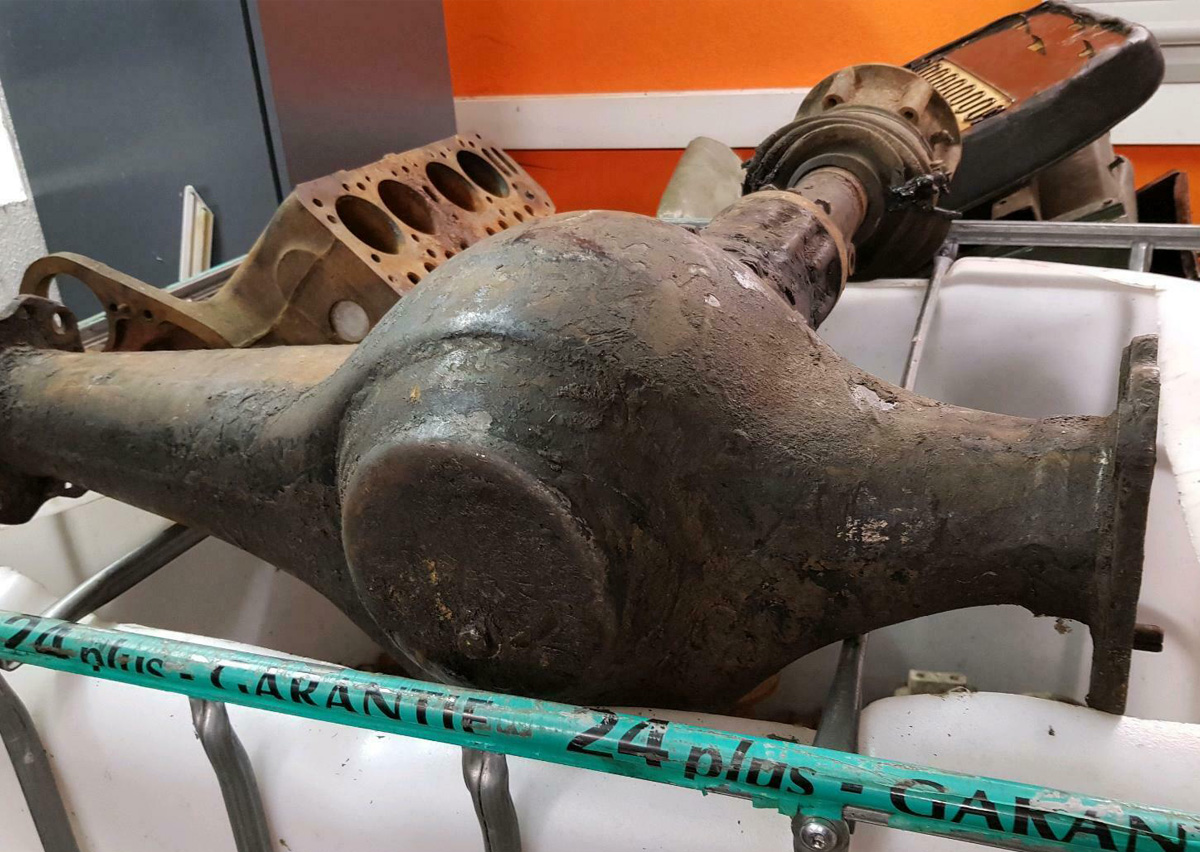
Unimog 2010 axle lid
The name "Unimog 2010" originates from the German supply firm Erhard & Söhne, which manufactured the Unimog prototypes – all technical drawings, parts and tools of that firm had the part number 2010, which is said to be the reason why Daimler-Benz simply named the Unimog 2010.
It was planned to start production in the Gaggenau plant in spring 1951, but during the process of creating a new production line for the Unimog, logistical problems occurred.
On 4 June 1951, makeshift production was started in the provisorily modified building 14 of the Gaggenau plant. After four weeks, the makeshift production was halted after series production could be started in the building 44 of the Gaggenau plant. Building 44 was equipped with the necessary tools, equipment and an assembly line.
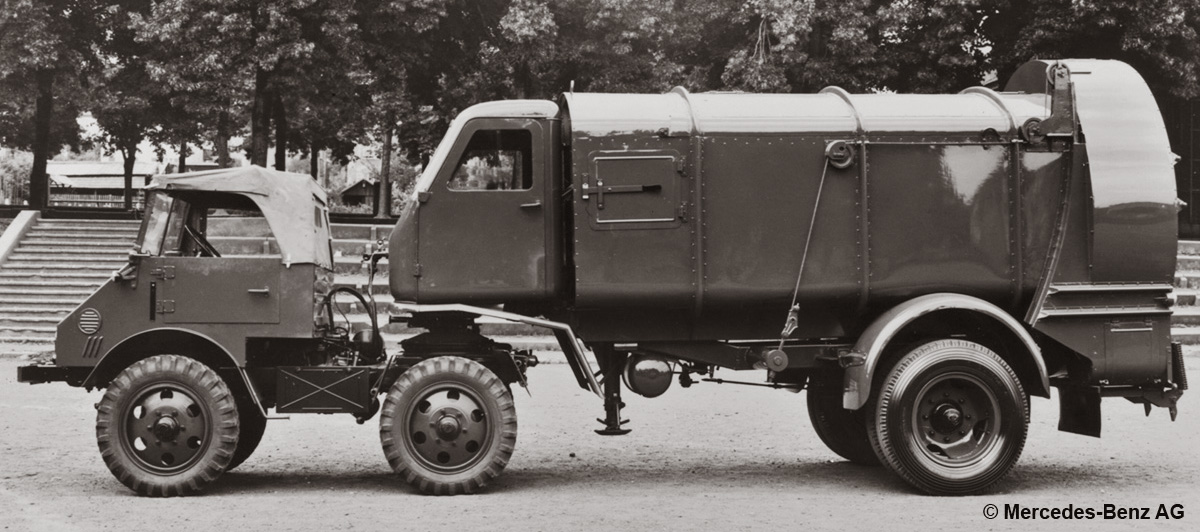
Unimog 2010
Unimog U25, model series 2010 as a tractor unit with Haller refuse collector semi-trailer with crewcab.
The original 1.7 L (104 cu in) Diesel engine OM 636.912 was used until 1952, when it was replaced with the 1.8 L (110 cu in) OM 636.914. The OM 636.914 has a modified cylinder head and valve cover.
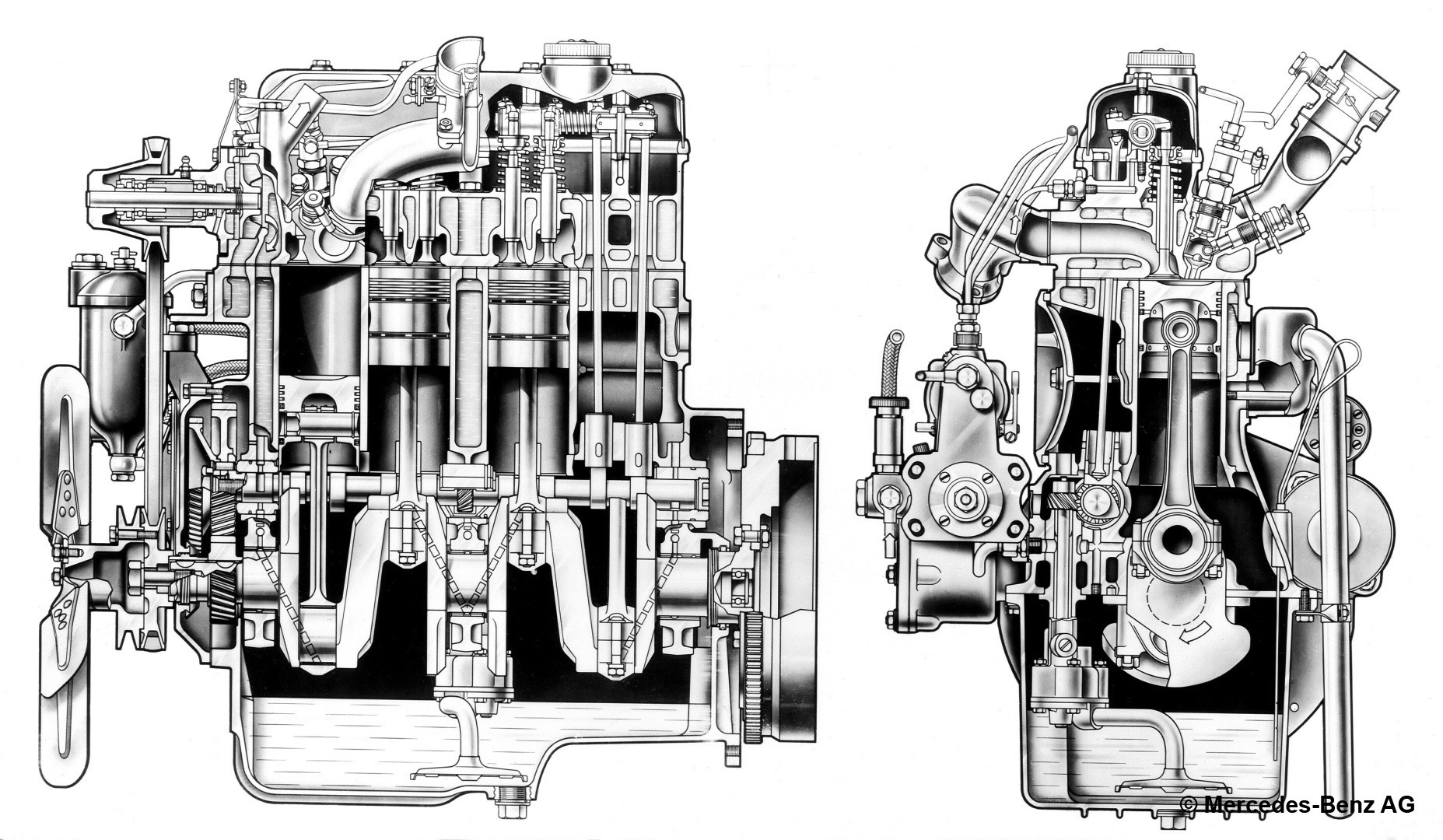
OM 636 Motor
Cutaway drawing of the Mercedes OM 636 four-cylinder pre-chamber diesel engine, which was installed in the Unimog model series 2010, 401, 402 and 411.
In total, there exist eight different models of the Unimog 2010, however, only five were ever built. The model number was added after a slash; military versions for the Swiss army received an additional M-letter.
| Model | Equipment and options | Engine |
|---|---|---|
| 2010/1 | Convertible base model | OM 636.912 |
| 2010/2 | Convertible base model + Trailer braking system | OM 636.914 |
| 2010/3 | Convertible base model + PTO shafts | OM 636.914 |
| 2010/4 | Convertible base model + Trailer braking system + PTO shafts | OM 636.914 |
| 2010/5 | Convertible base model + Trailer braking system + PTO shafts + Three-point linkage | OM 636.914 |

Unimog 2010
Unimog 2010 series 2010/3 model plate
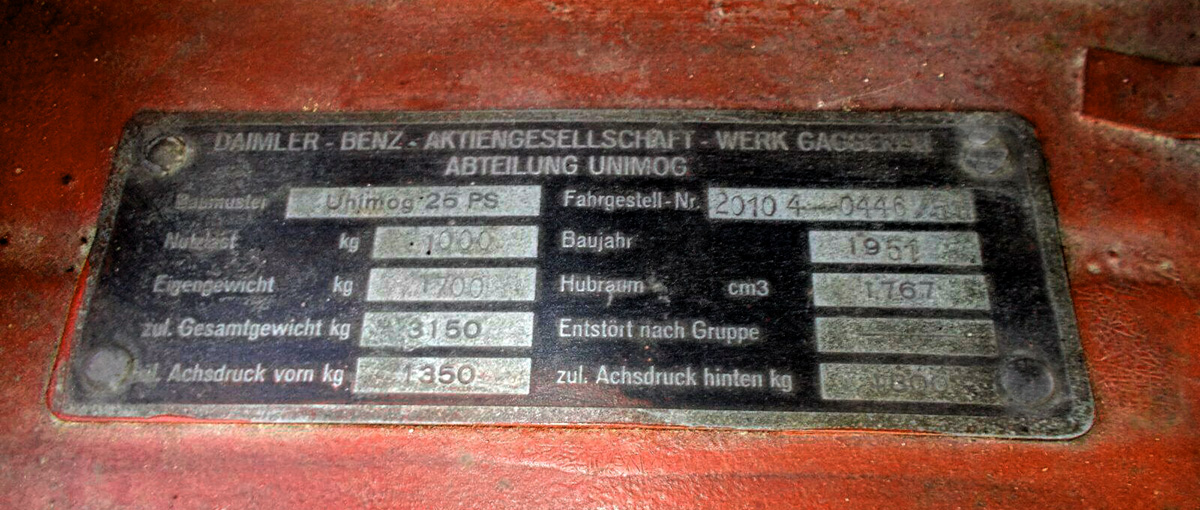
Unimog 2010
Unimog 2010 series 2010/4 model plate
Despite being sold by Mercedes-Benz dealerships, the Unimog 2010 did not feature the brand's Mercedes-star emblem. Instead, it was solely sold under the Unimog brand, having the ox-head-Unimog emblem on the bonnet, only vehicles purchased by the Swiss army lack the Unimog emblem and have no branding at all.
Like its predecessor, the Unimog 2010 was also used as a military vehicle. Some Unimog 2010s were purchased by the French army, but most of the military Unimog 2010s were operated by the Swiss army, they purchased 540 units. In addition to 540 Unimog 2010s, they also had 44 Unimog 70200 in service. The Swiss army used their Unimog 2010s as artillery tractors, combat engineer vehicles and aircraft tractors. Being the smallest motor vehicle of the Swiss army, the Unimog 2010 received the nickname "Dieseli". The Dieseli remained in service until 1989.
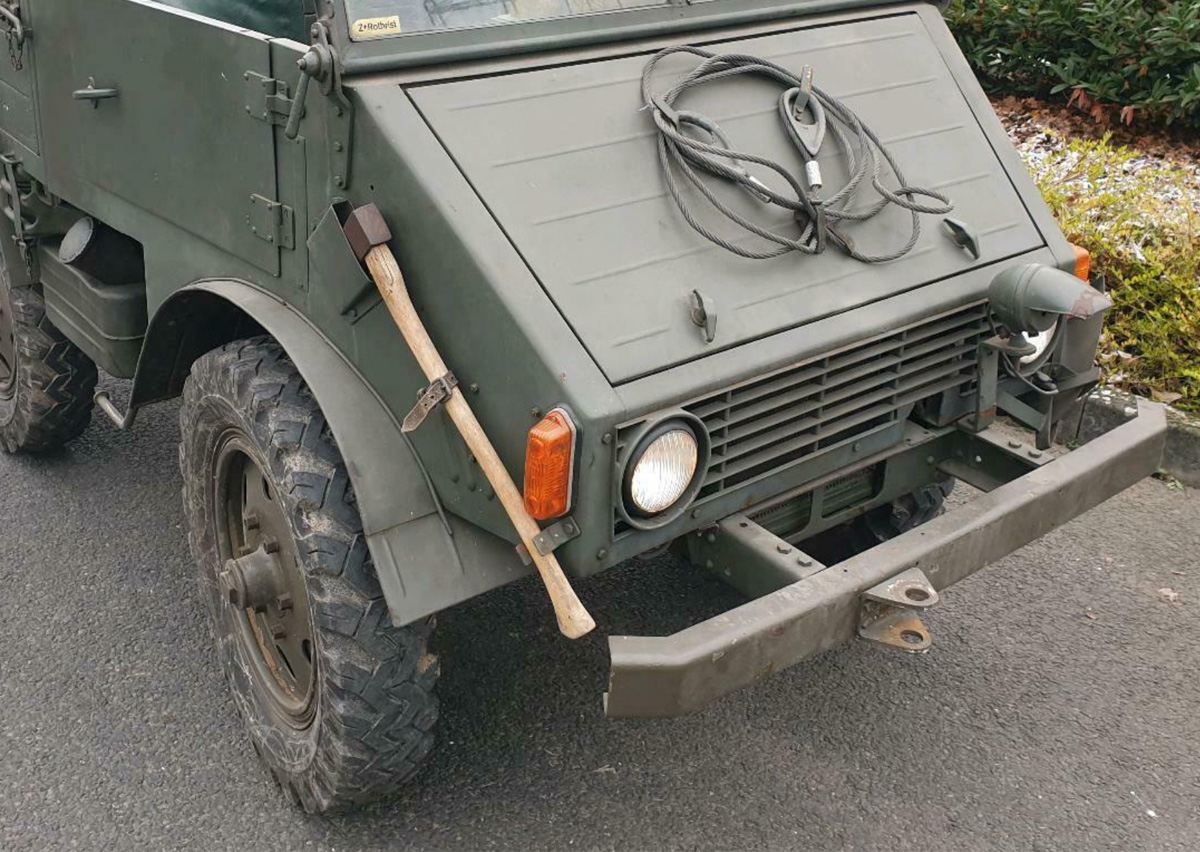
Unimog 2010 Dieseli
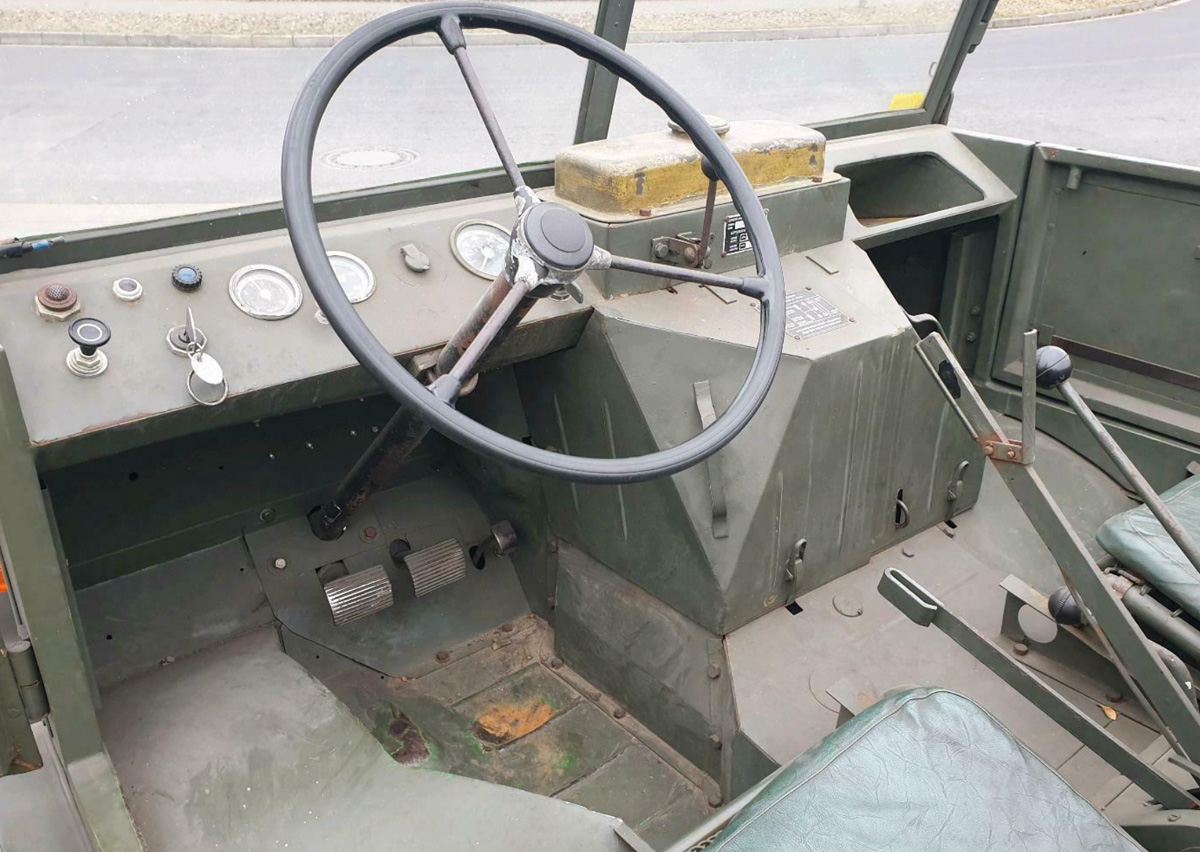
Unimog 2010 Dieseli
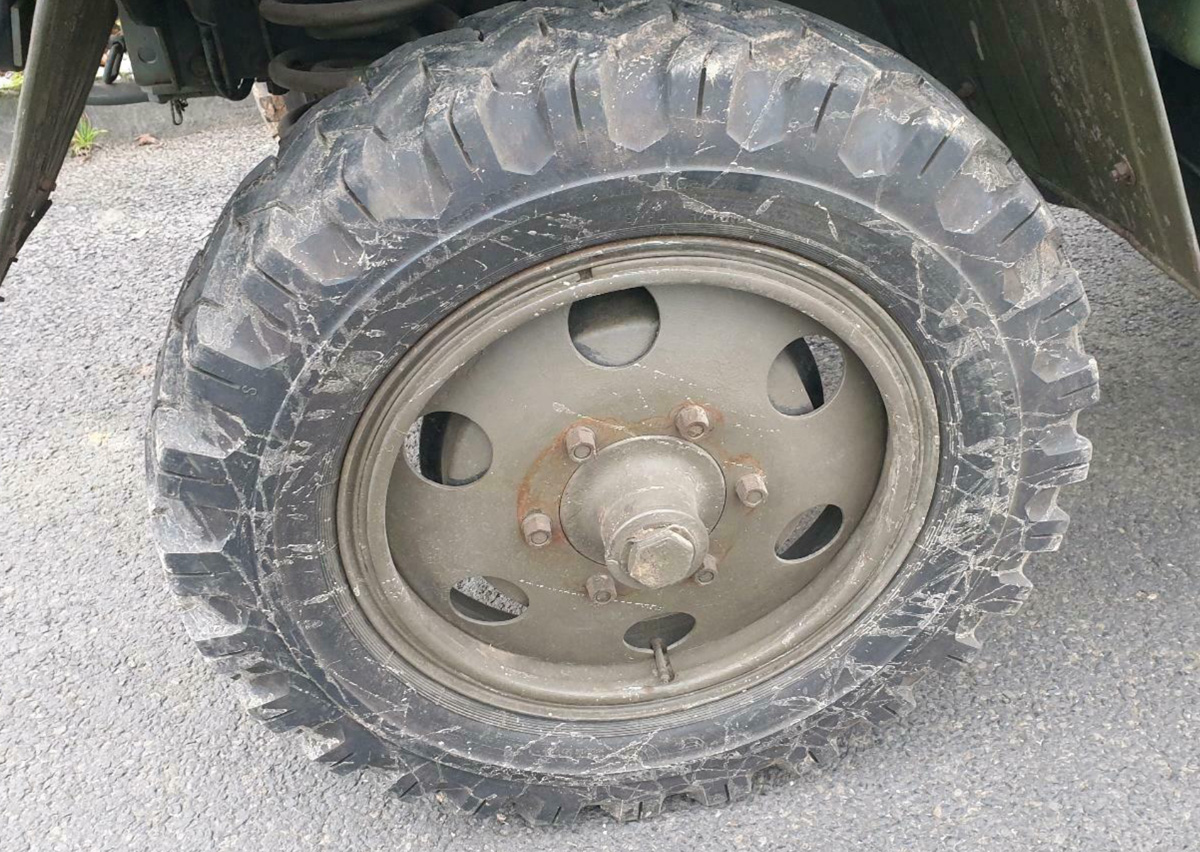
Unimog 2010 Dieseli
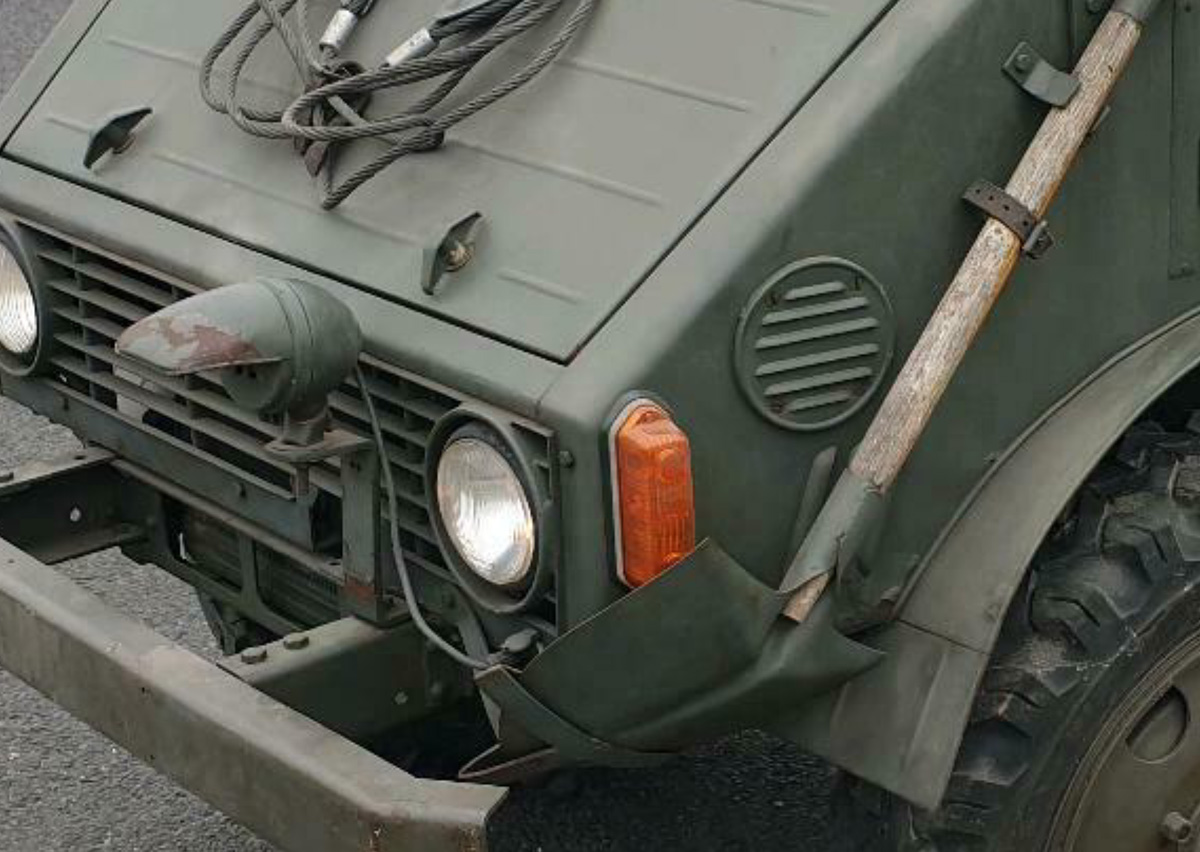
Unimog 2010 Dieseli
In total, 4.804 units were produced, and five different models were available. All Unimog 2010 vehicles have a wheelbase of 1,720 mm and a canvas roof; a closed cab was not available as a factory option. Engine power was 25 PS.
Unimog 2010, it was a technical copy of its predecessor, the Unimog 70200.
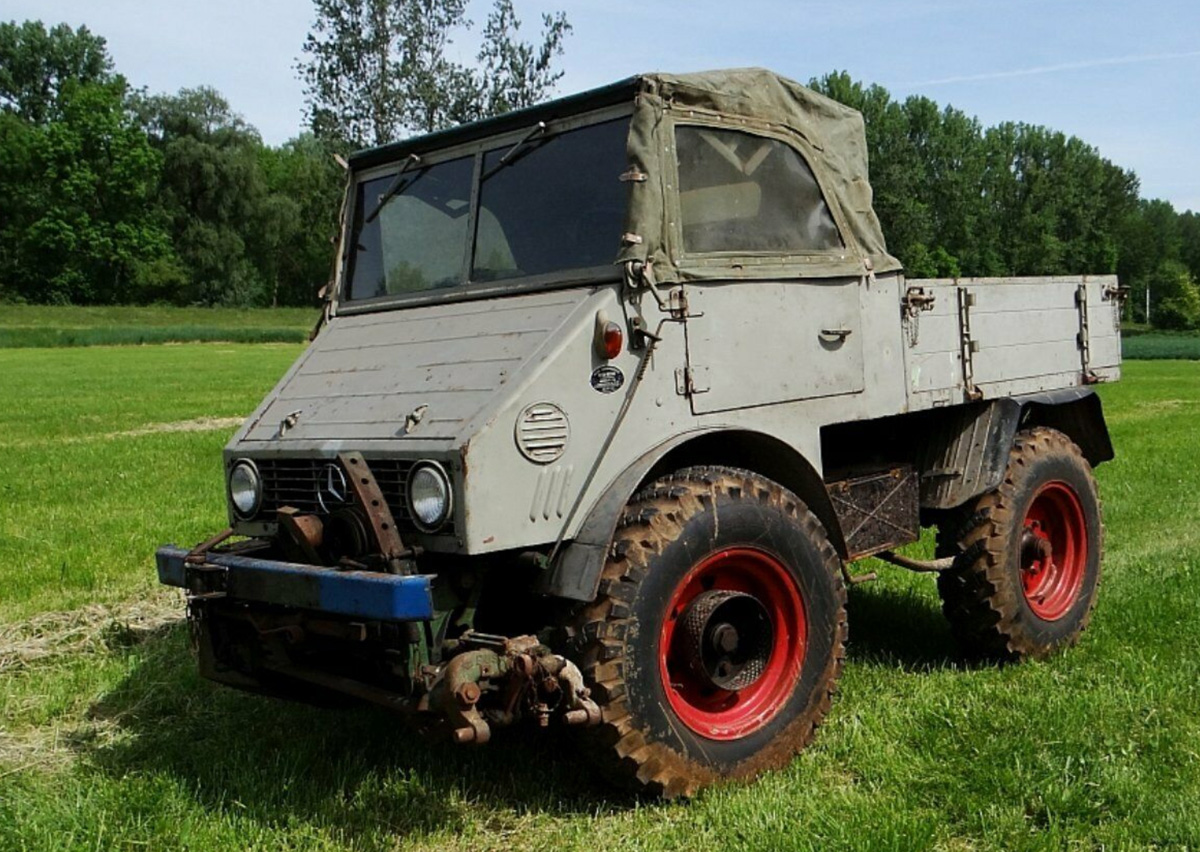
Unimog 2010
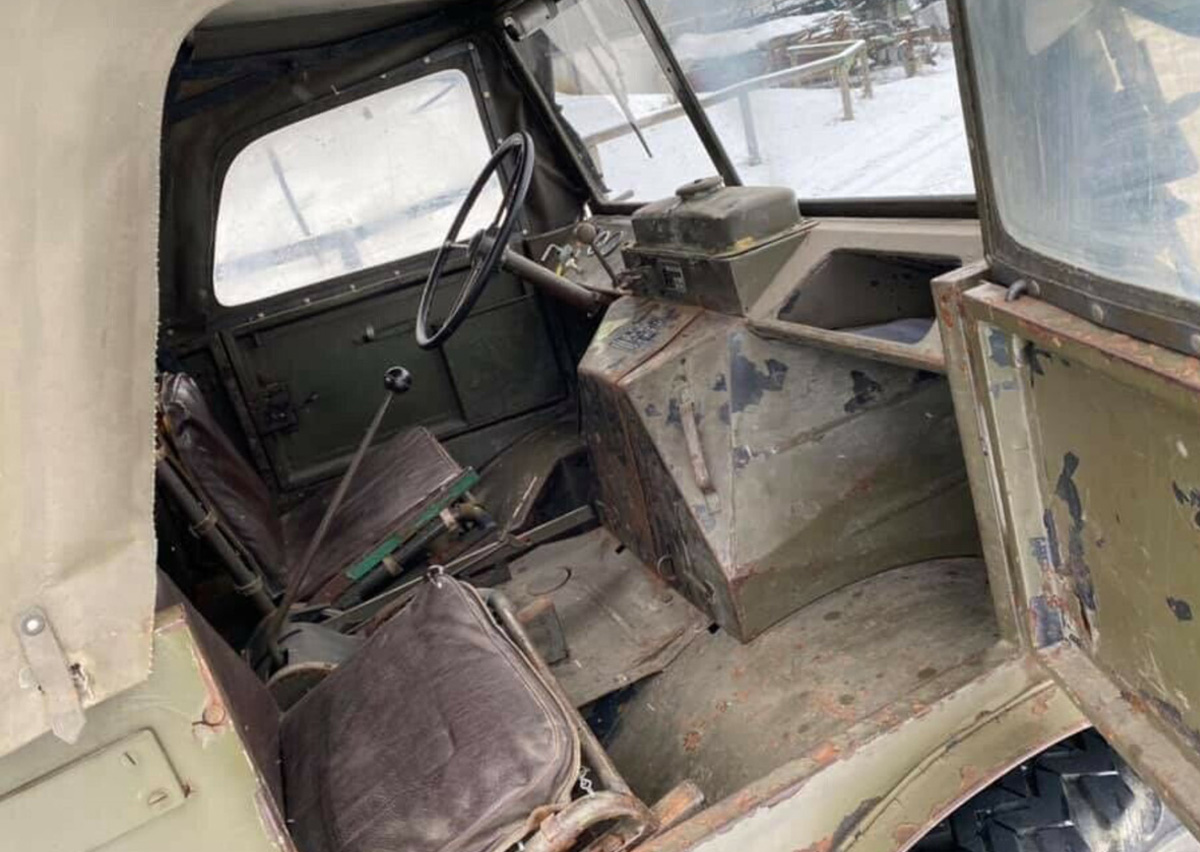
Unimog 2010
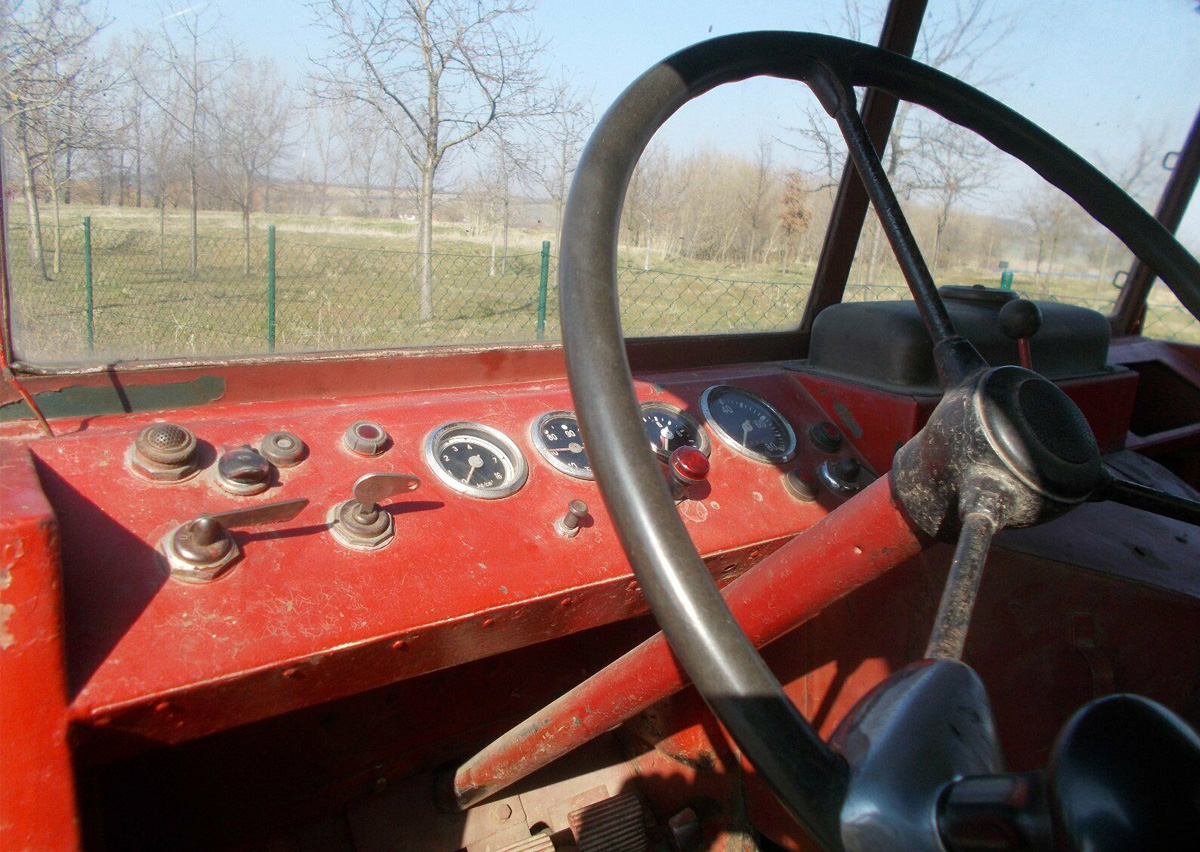
Unimog 2010
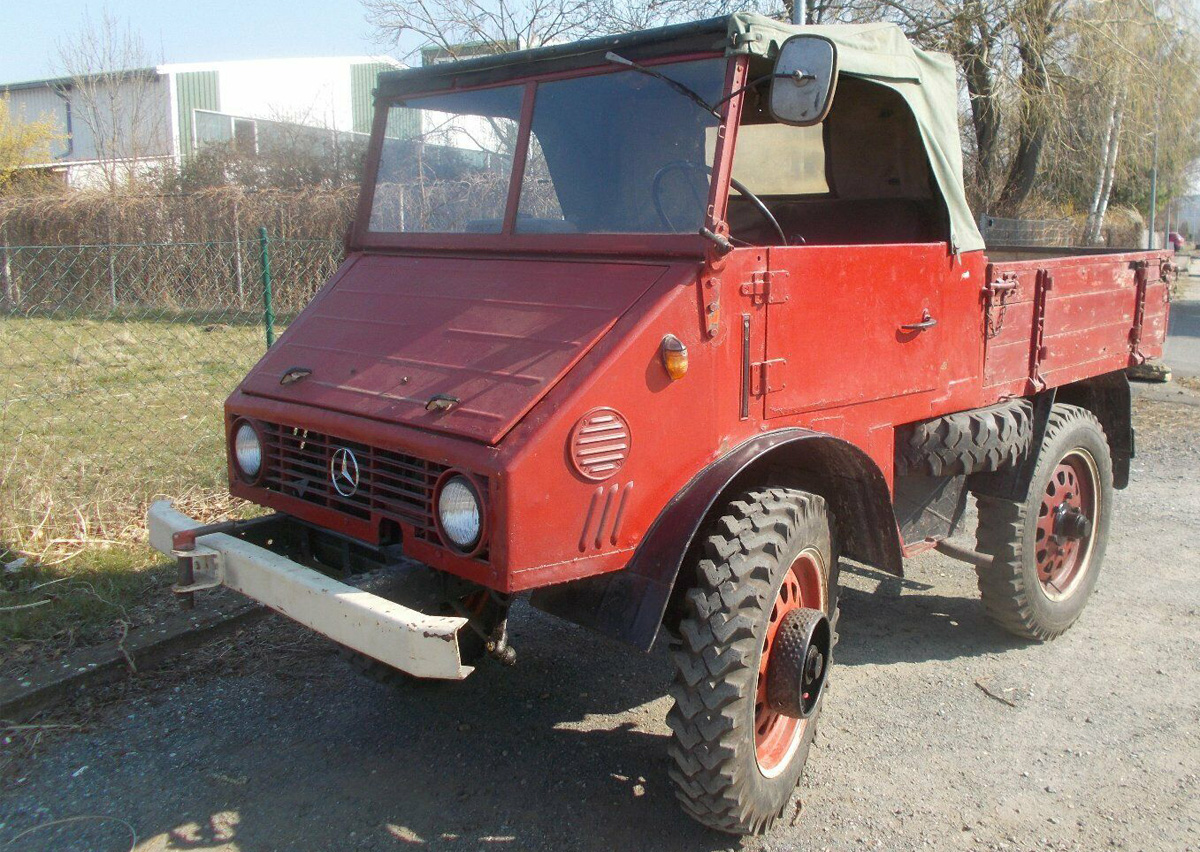
Unimog 2010
Unimog 2010 is also called U25. If you say U25 Boehringer, it means Unimog 70200, which was produced in the Beohringer factory. If you say only U25, it means Unimog 2010 produced in Mercedes factory.
Production of the Unimog 2010 was discontinued in August 1953 and was replaced by the Unimog 401.
UNIMOG 2010 |
|
|---|---|
| Overview | |
| Manufacturer | Daimler-Benz AG |
| Assembly | Gaggenau |
| Production | 1951-1953 |
| Total production | 4804 |
| Power Train | |
| Engine | OM 636 - Diesel - 25 PS |
| Gearbox | 6-speed, 2 reverse - Manual |
| Measurements | |
| Wheelbase | 1,720 mm |
| Lenght | 3,450 mm |
| Width | 1,630 mm |
| Height | 2,035 mm |
| Weight | |
| Empty weight | 1700 kg |
Below you will find old photos of the Unimog 2010 series.
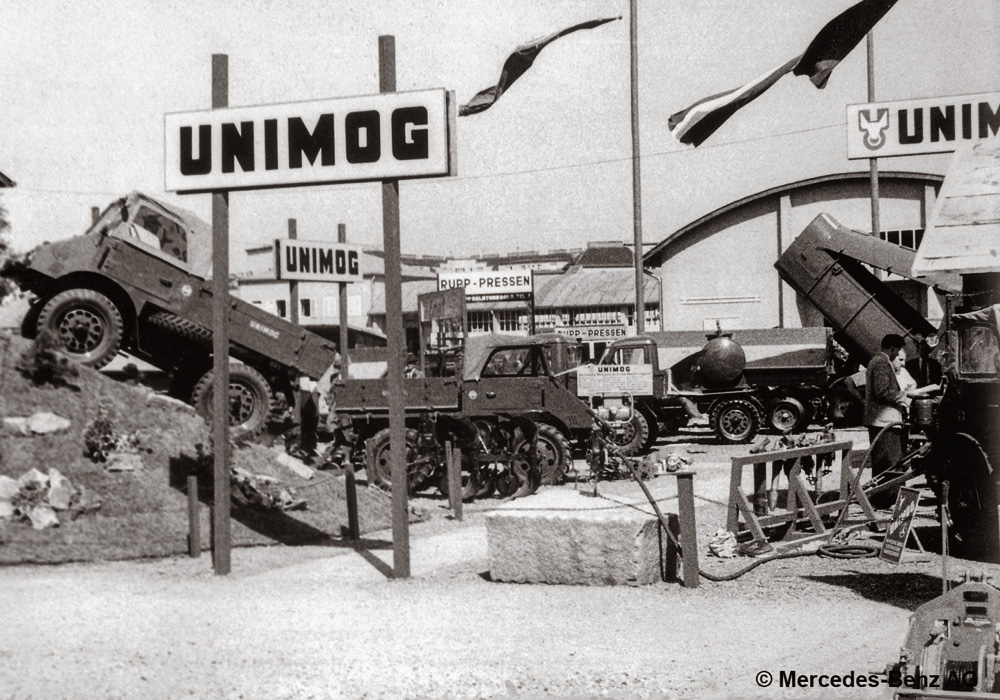
Unimog 2010
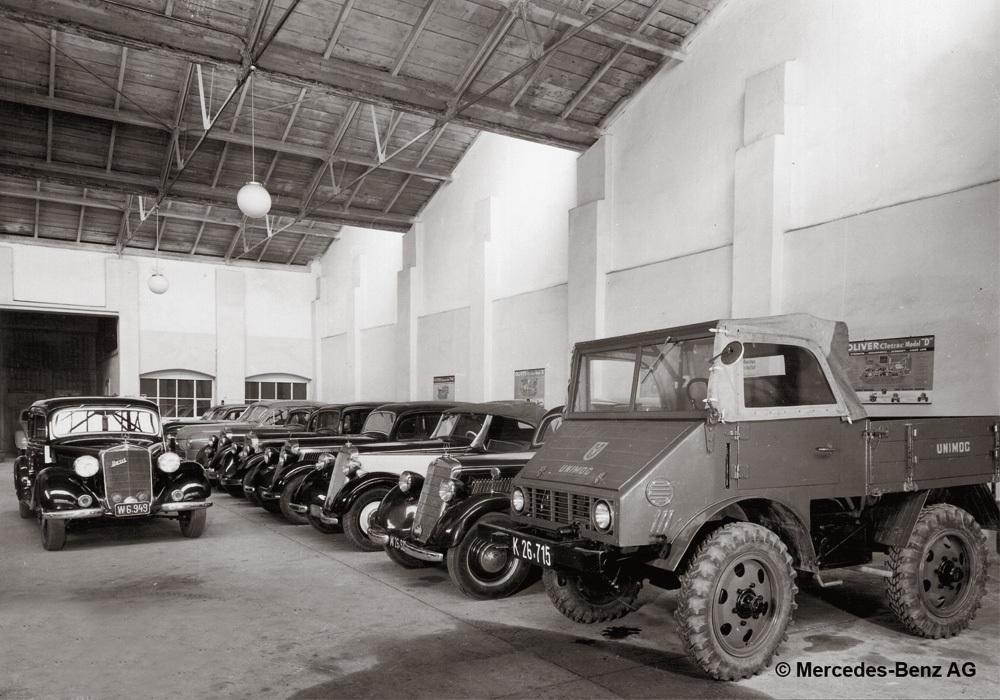
Unimog 2010
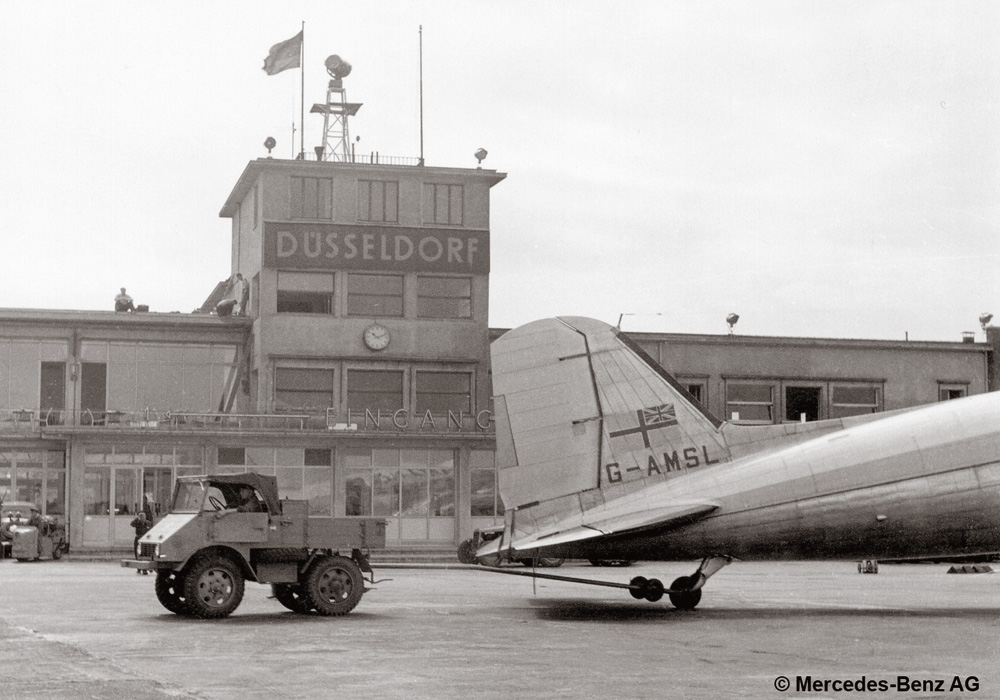
Unimog 2010
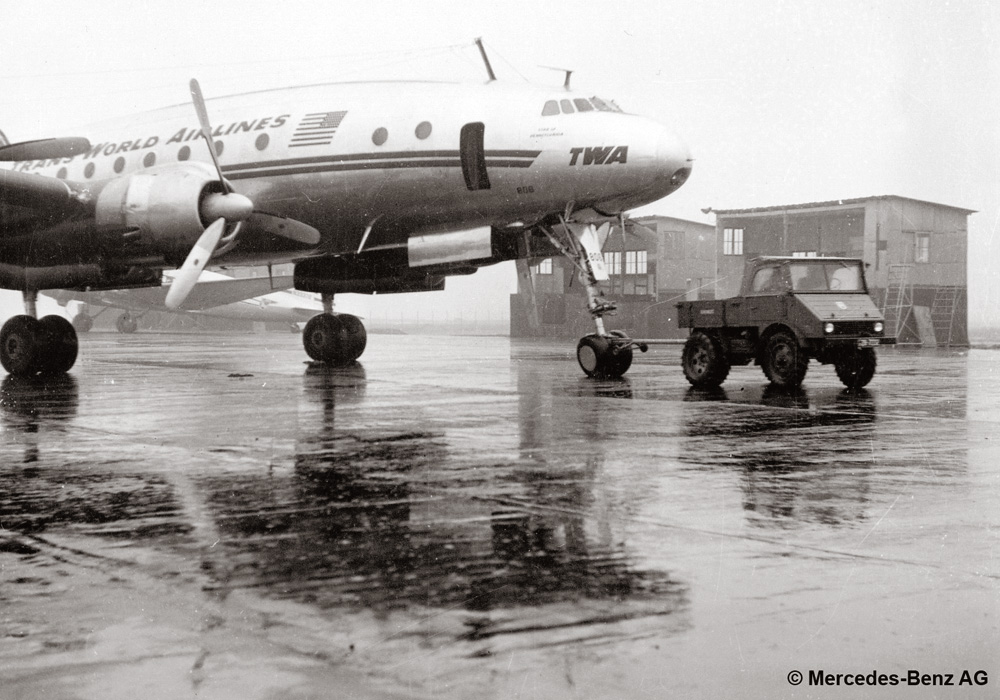
Unimog 2010
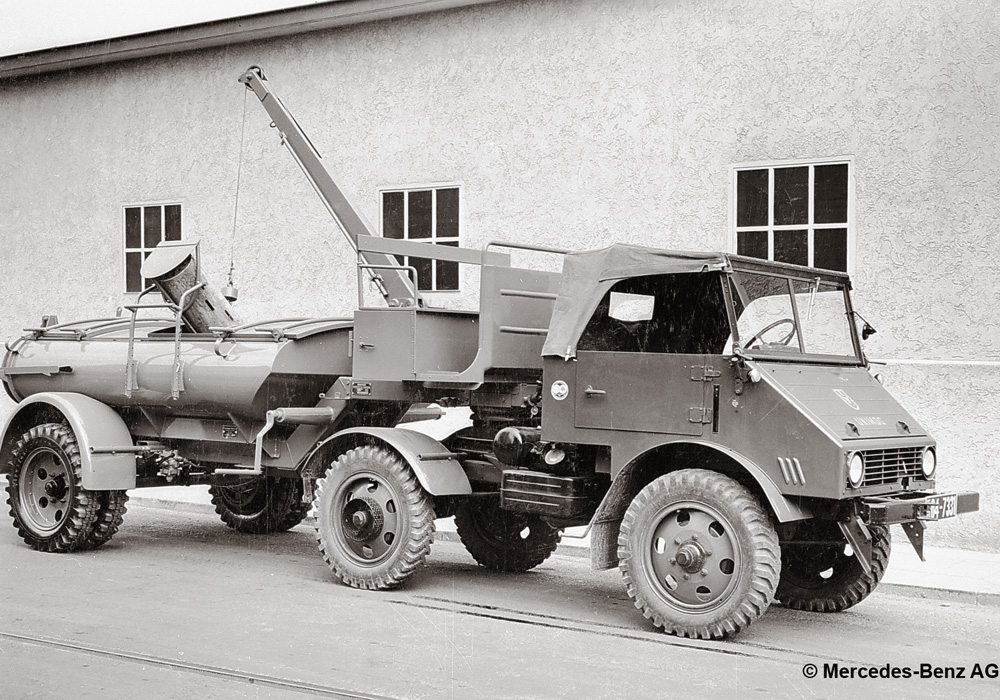
Unimog 2010
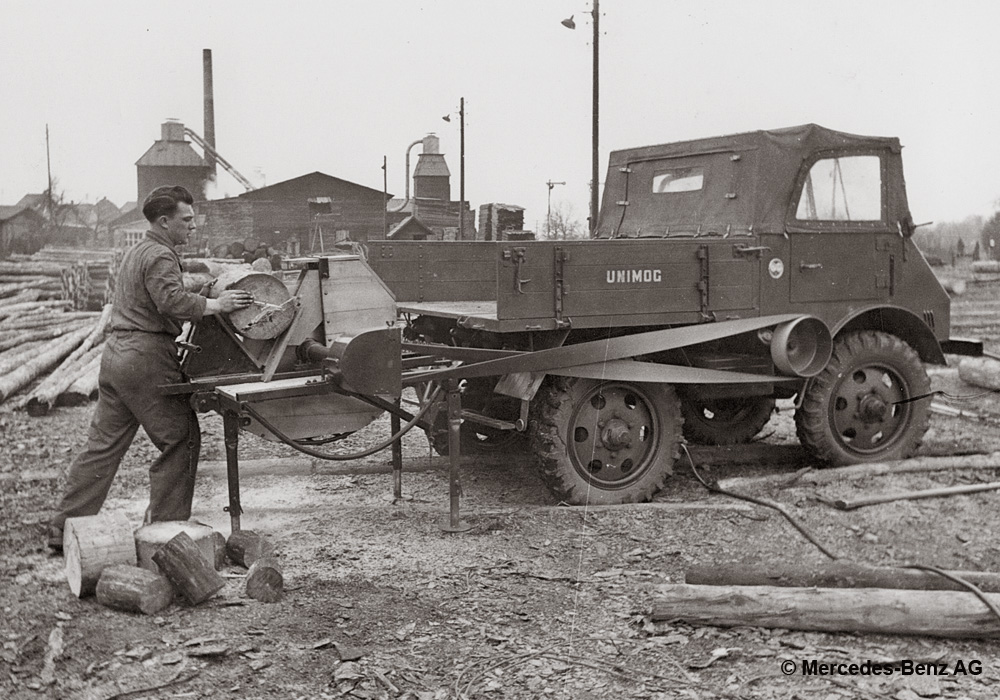
Unimog 2010

Unimog 2010
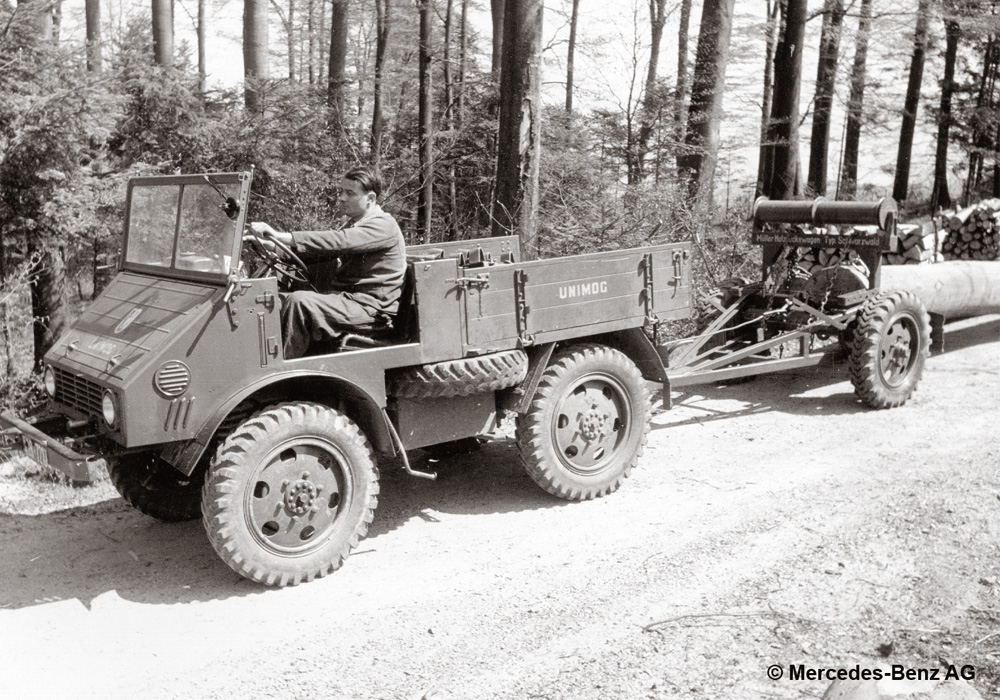
Unimog 2010
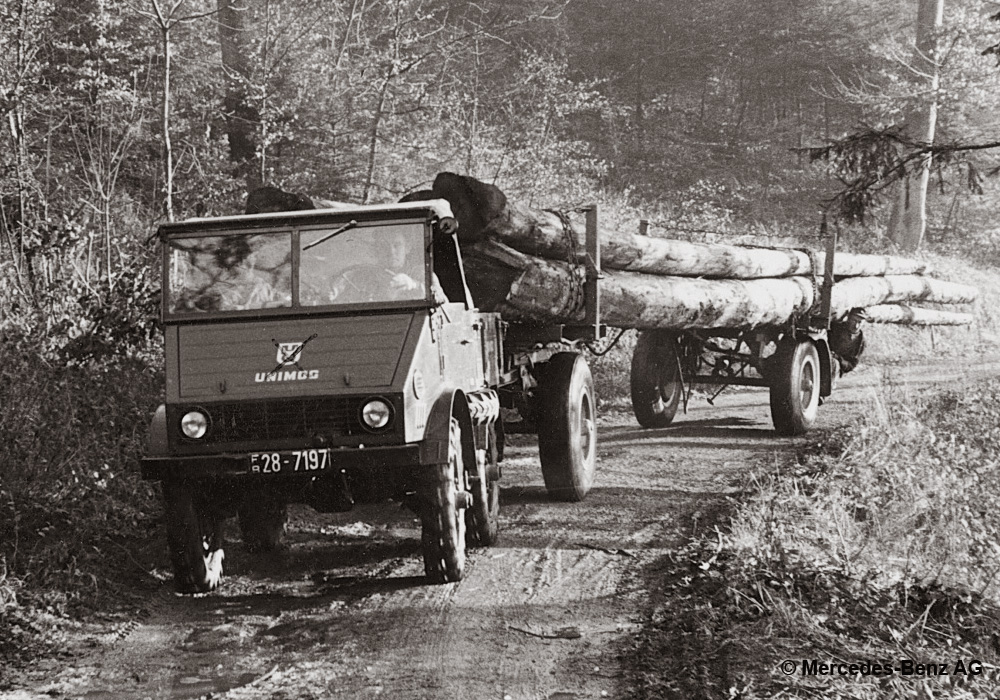
Unimog 2010
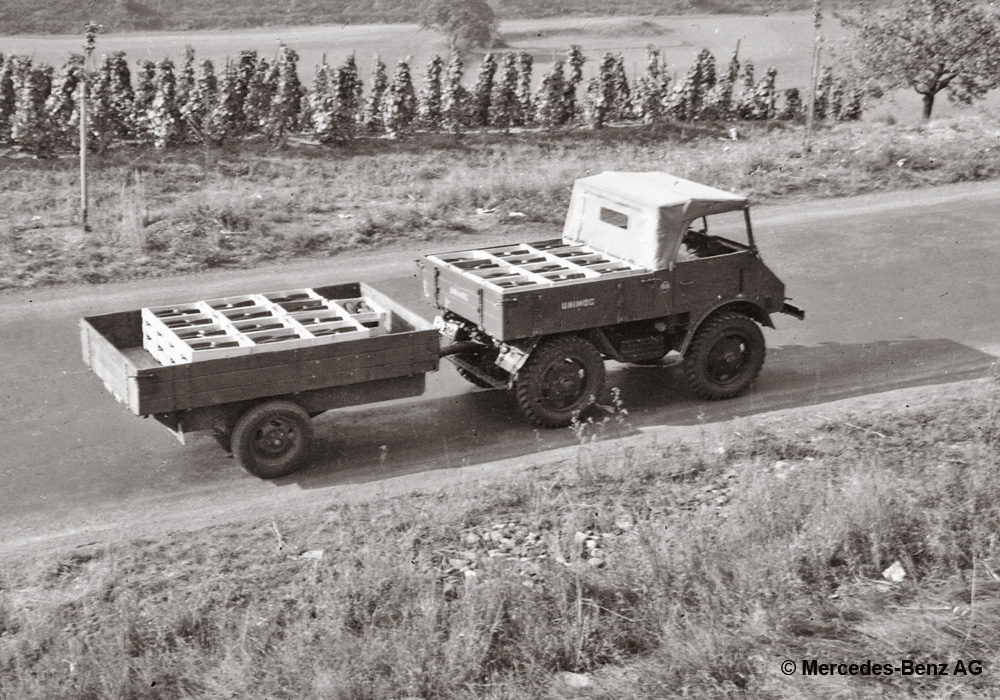
Unimog 2010
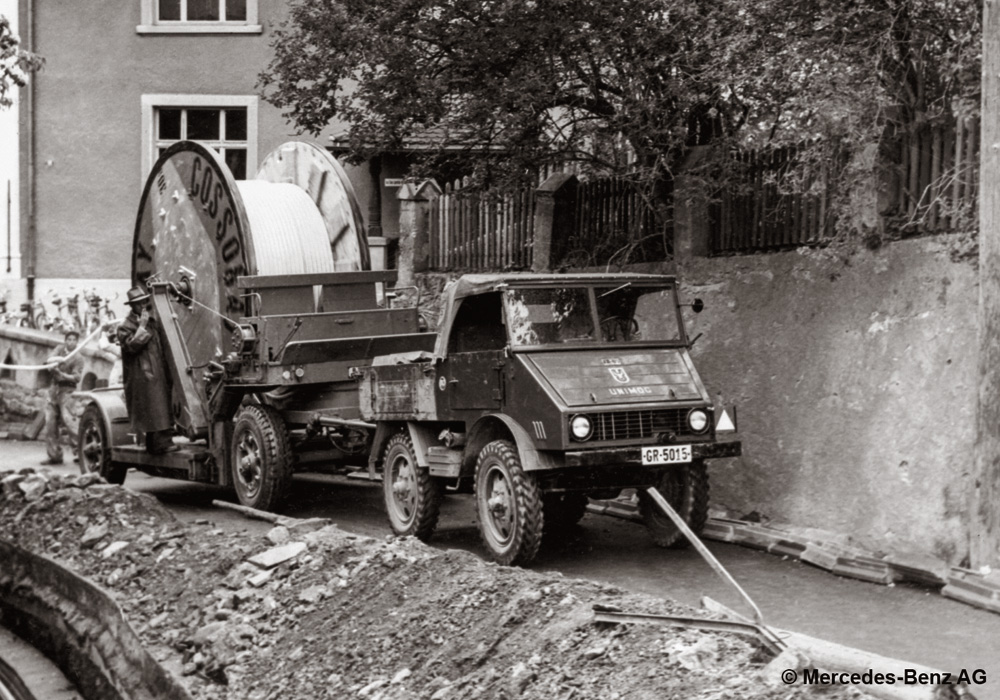
Unimog 2010
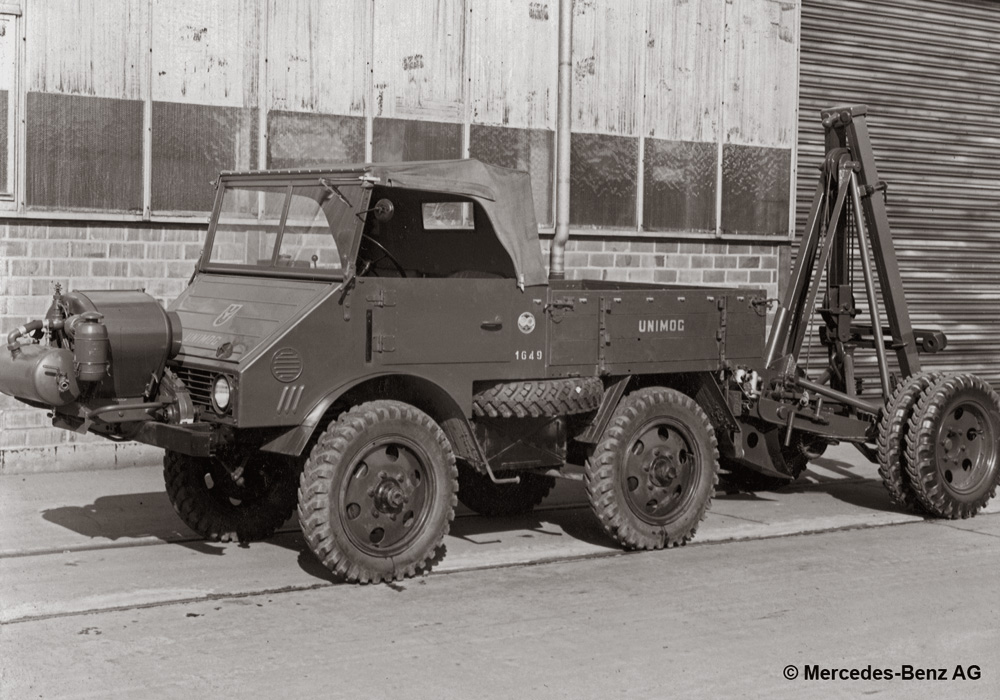
Unimog 2010
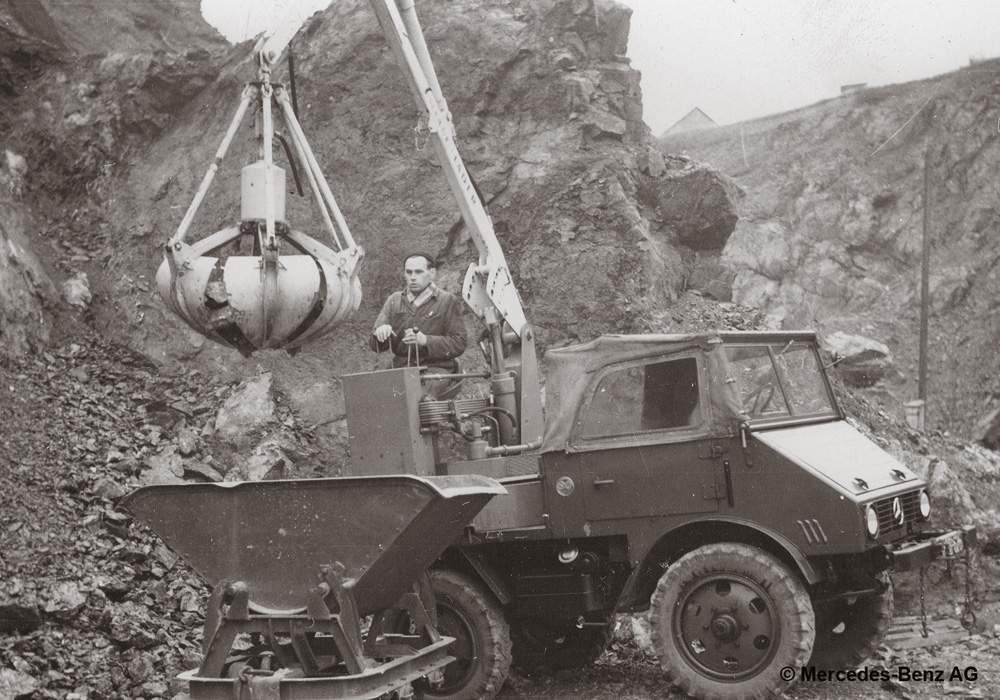
Unimog 2010
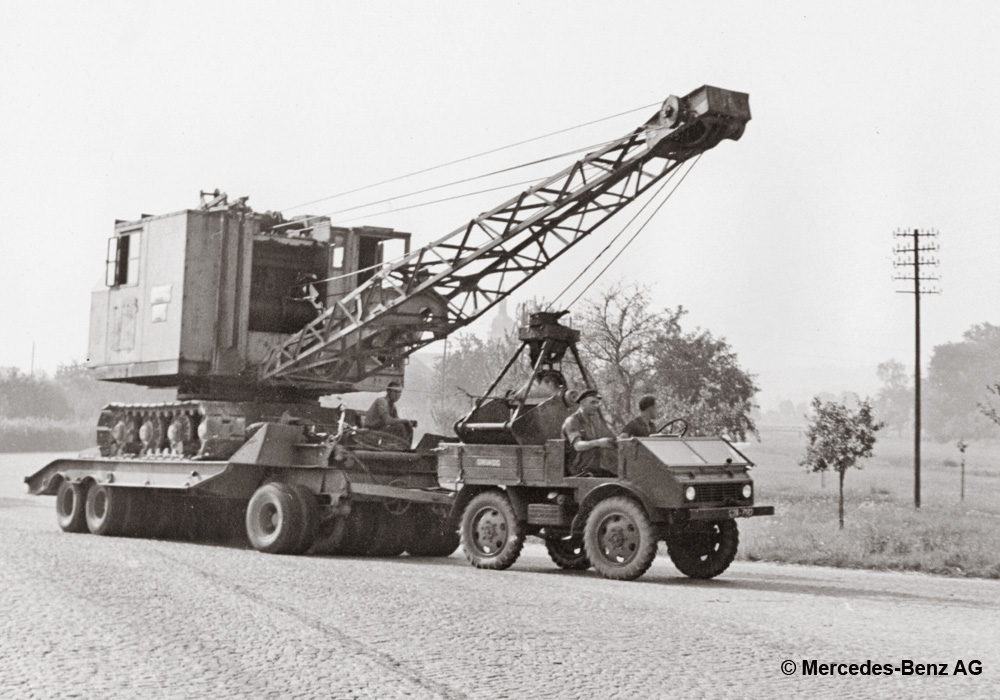
Unimog 2010
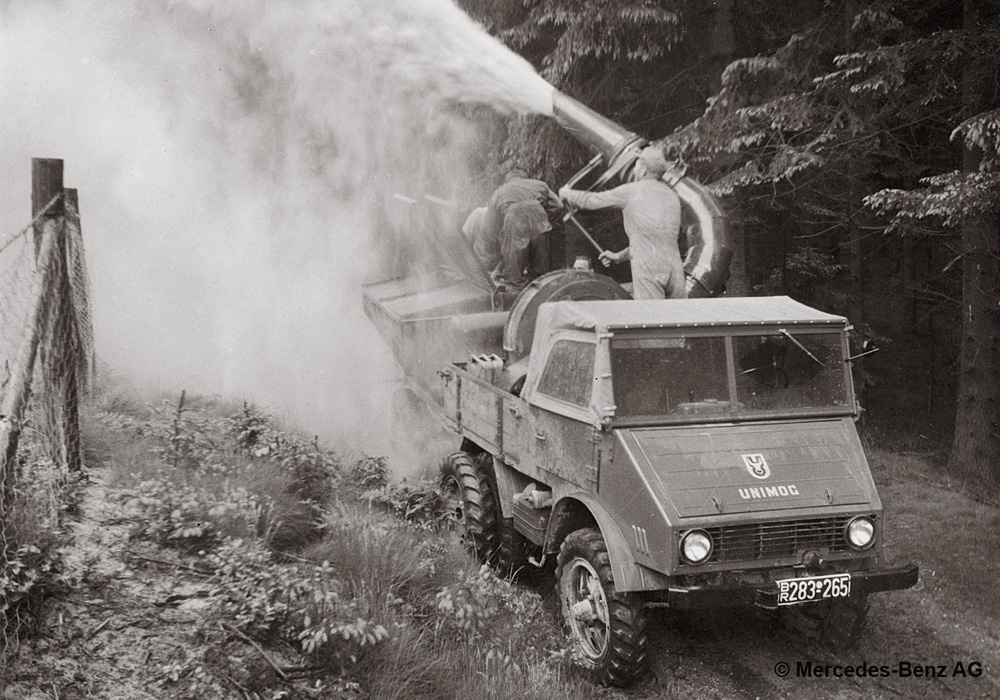
Unimog 2010
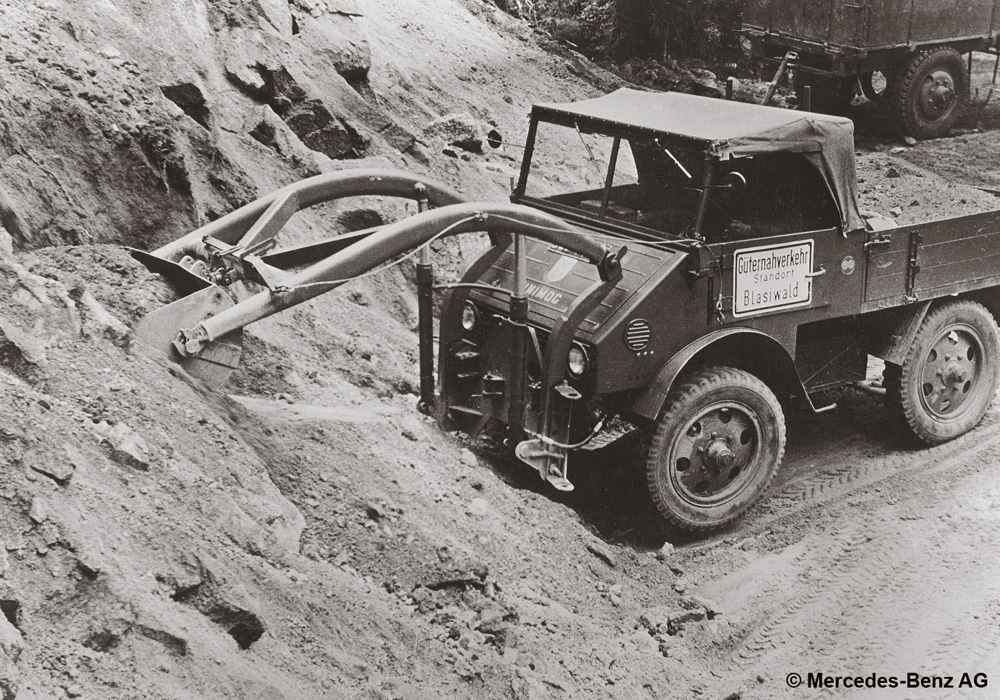
Unimog 2010
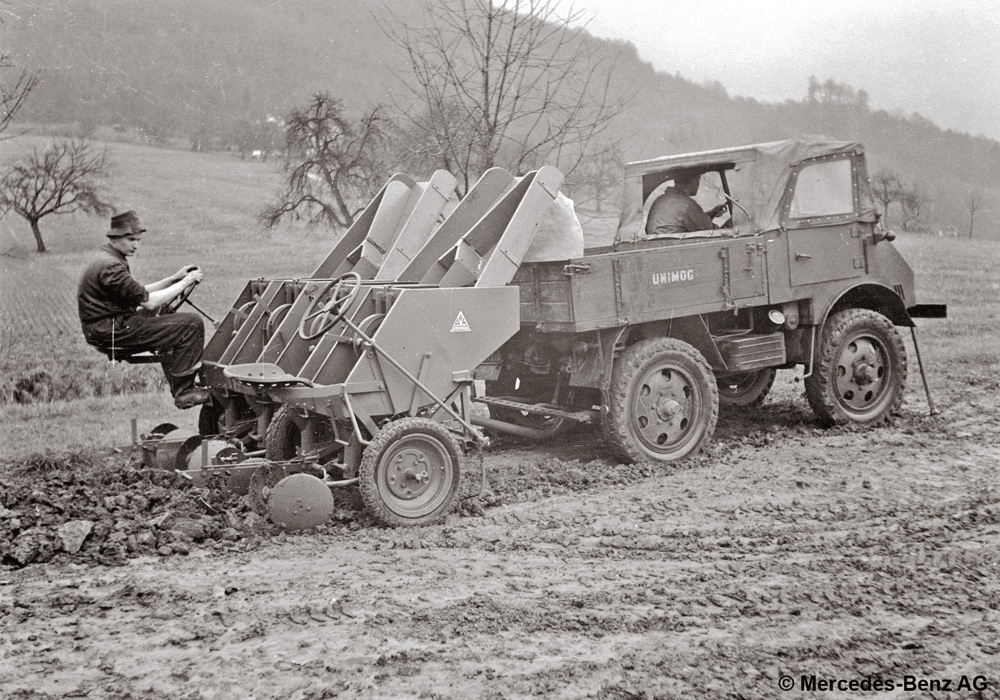
Unimog 2010
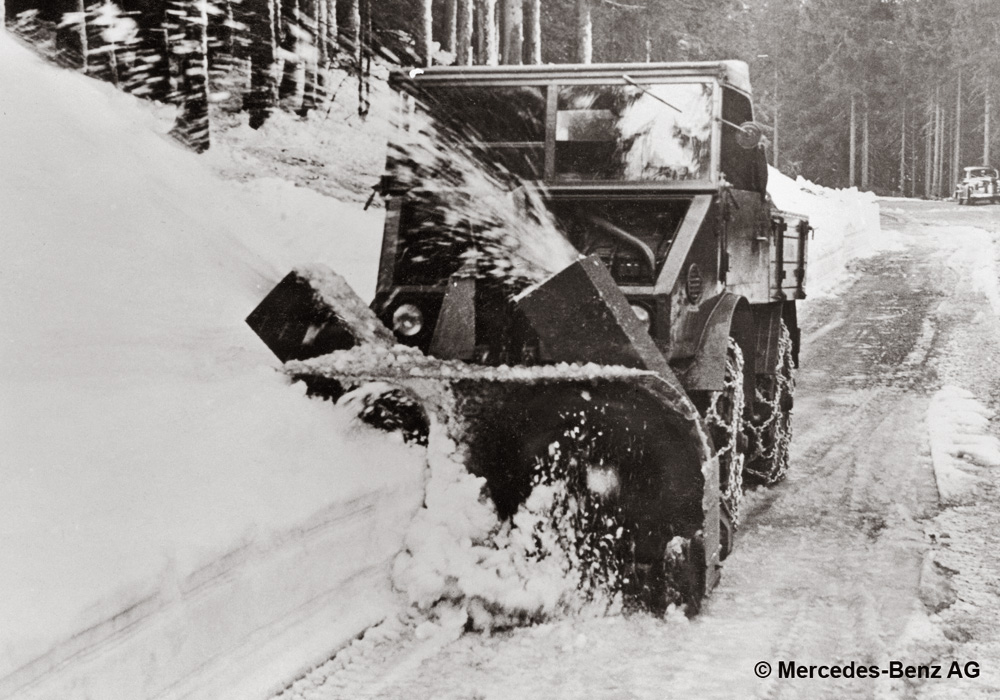
Unimog 2010
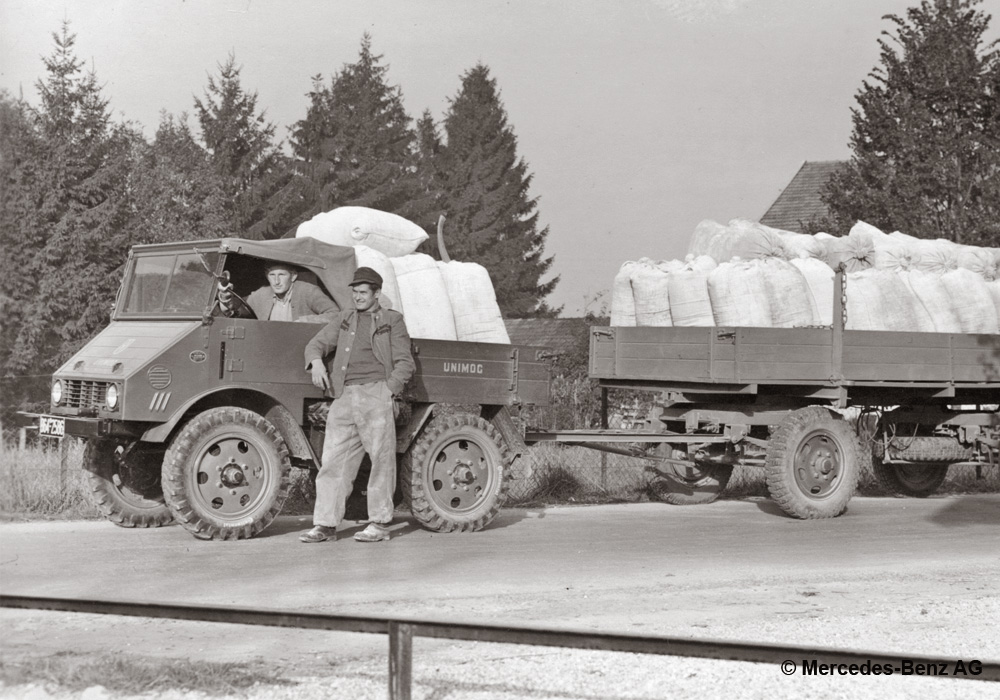
Unimog 2010
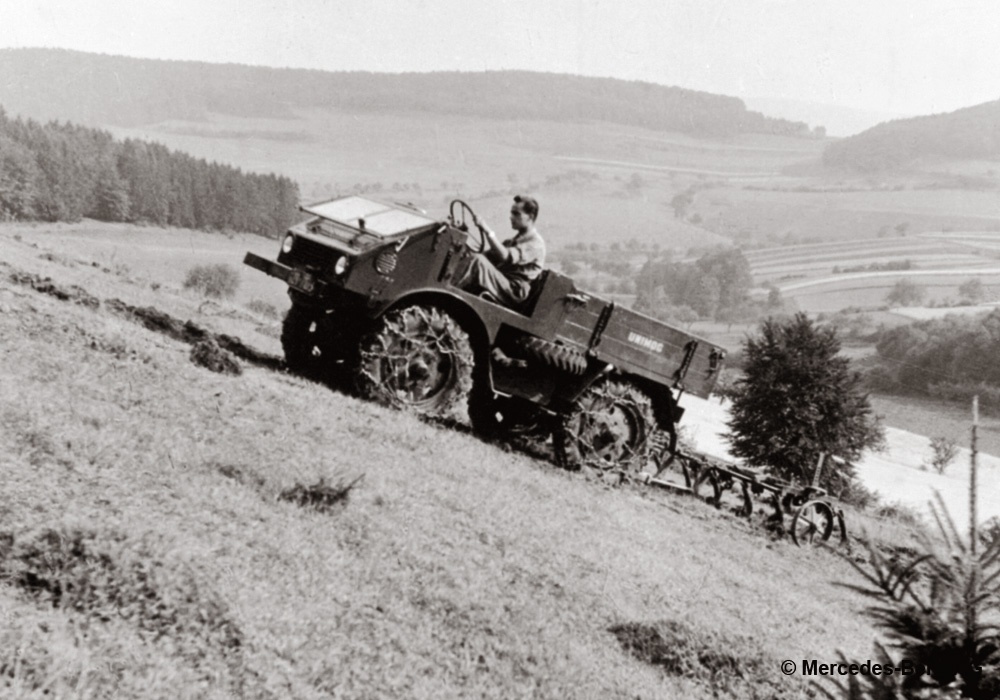
Unimog 2010
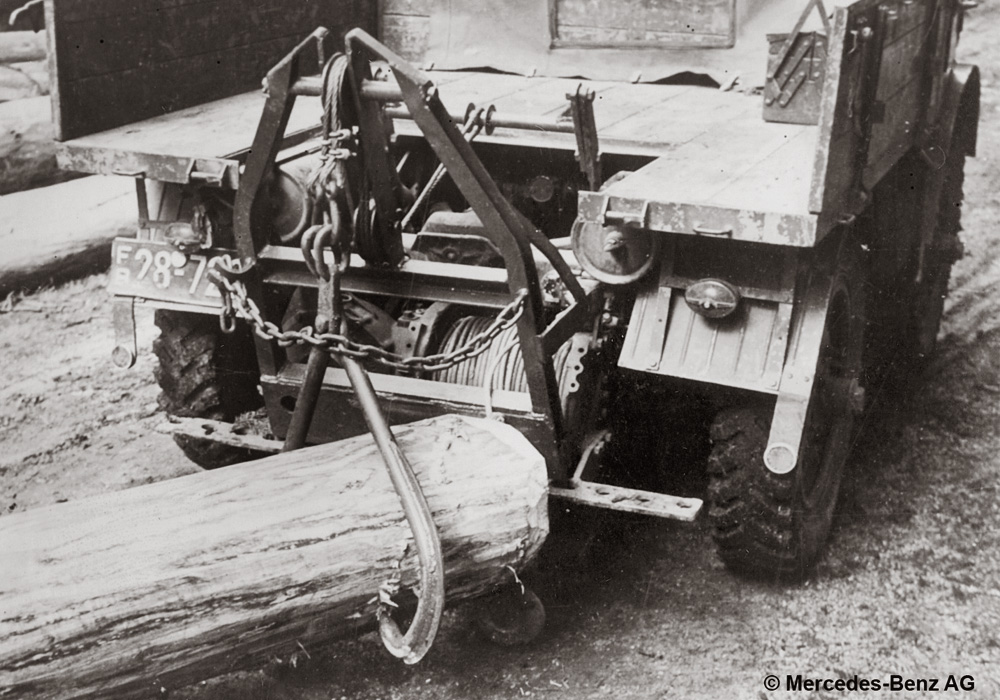
Unimog 2010
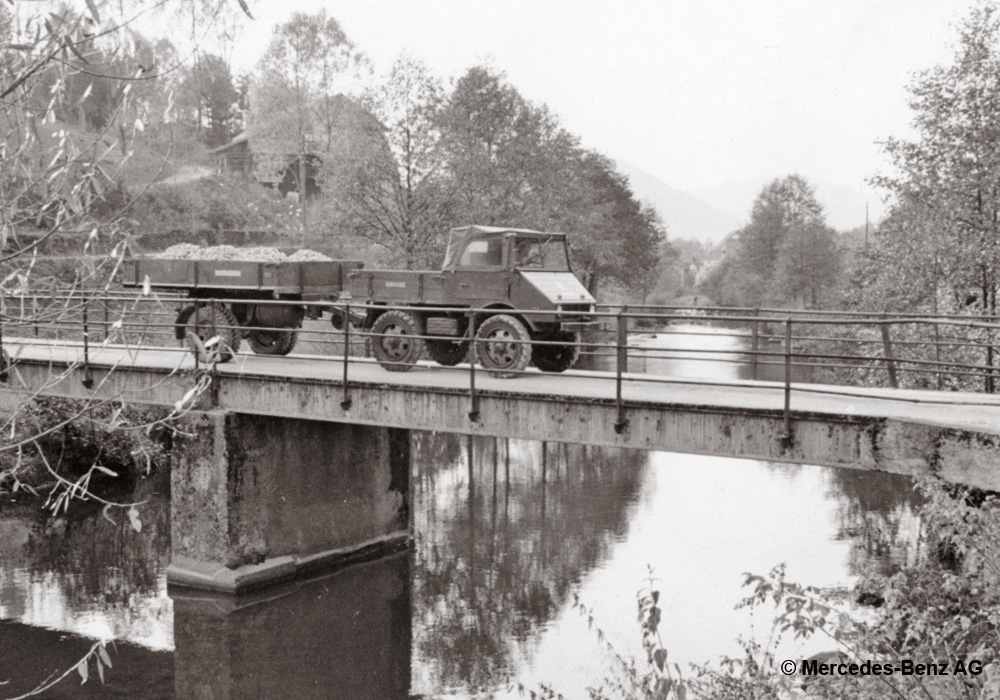
Unimog 2010
Comments
Really informative and…
Really informative and useful readings.

Add new comment